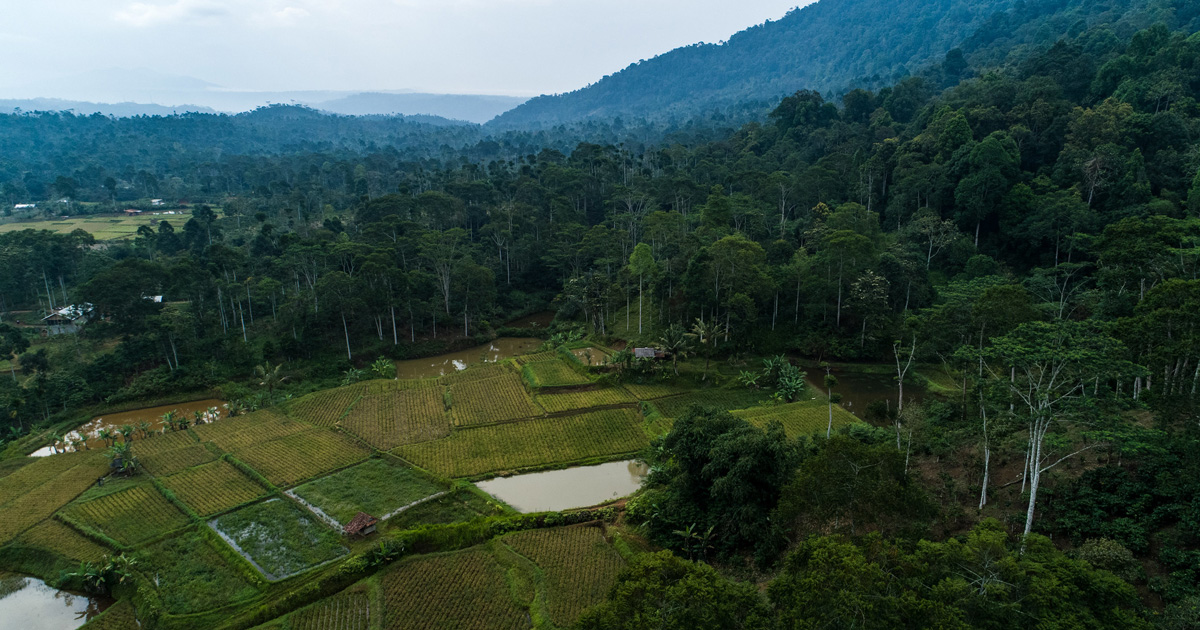The marked biogeographic difference between western (Malay Peninsula and Sumatra) and eastern (Borneo) Sundaland is surprising given the long time that these areas have formed a single landmass. A dispersal barrier in the form of a dry savanna corridor during glacial maxima has been proposed to explain this disparity. However, the short duration of these dry savanna conditions make it an unlikely sole cause for the biogeographic pattern. An additional explanation might be related to the coarse sandy soils of central Sundaland. To test these two nonexclusive hypotheses, we performed a floristic cluster analysis based on 111 tree inventories from Peninsular Malaysia, Sumatra, and Borneo. We then identified the indicator genera for clusters that crossed the central Sundaland biogeographic boundary and those that did not cross and tested whether drought and coarse-soil tolerance of the indicator genera differed between them. We found 11 terminal floristic clusters, 10 occurring in Borneo, 5 in Sumatra, and 3 in Peninsular Malaysia. Indicator taxa of clusters that occurred across Sundaland had significantly higher coarse-soil tolerance than did those from clusters that occurred east or west of central Sundaland. For drought tolerance, no such pattern was detected. These results strongly suggest that exposed sandy sea-bed soils acted as a dispersal barrier in central Sundaland. However, we could not confirm the presence of a savanna corridor. This finding makes it clear that proposed biogeographic explanations for plant and animal distributions within Sundaland, including possible migration routes for early humans, need to be reevaluated.
Download:
DOI:
https://doi.org/10.1073/pnas.1103353108
Altmetric score:
Dimensions Citation Count:























